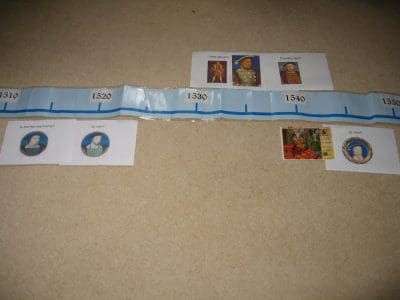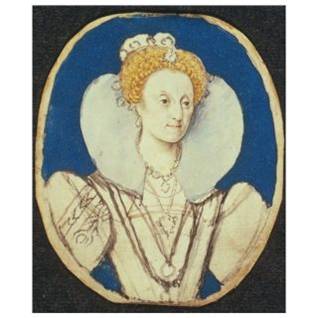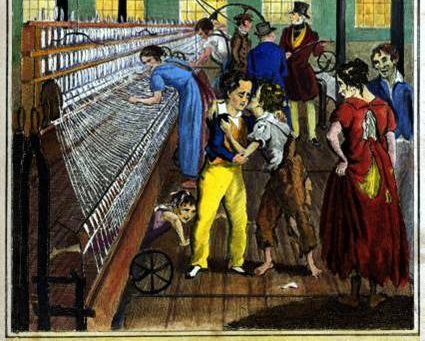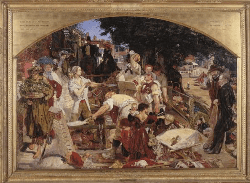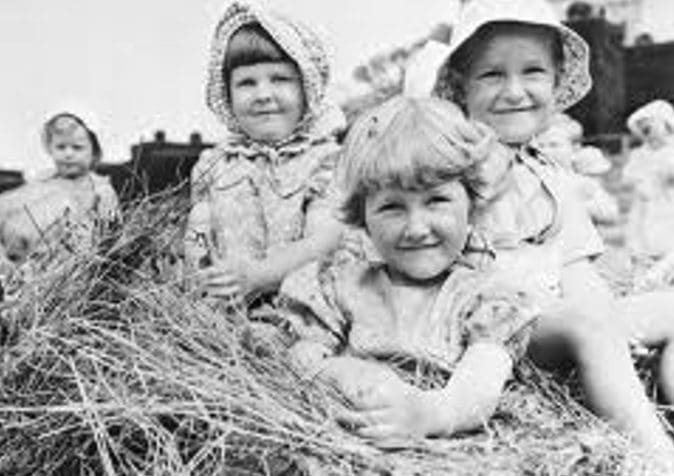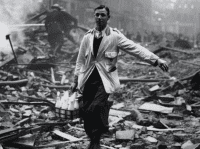Beyond Face Value
Beyond Face Value – KQ1 – Henry VIII a question of interpretations. Could you spot Henry VIII in a police line-up?
This is a really fun lesson which shows children what is meant by historical interpretations in an engaging and accessible…
Read MoreBeyond Face Value – KQ2 – Elizabeth I portraits – Why do Elizabeth I portraits mysteriously start showing her looking younger towards the end of her reign?
This powerful lesson on Tudor portraits as propaganda gives pupils the chance to appreciate that things aren’t always what they…
Read MoreBeyond Face Value – KQ3 – So what were Victorian factory conditions really like? A Y6 study in provenance
In this lesson, pupils are shown 3 images of factory conditions from early/mid Victorian times. Using their knowledge of factory…
Read MoreBeyond Face Value – KQ4 – Why did Ford Madox Brown paint this detailed picture of a scene that never existed?
This lesson revolves around a single painting entitled Work, painted by Ford Madox Brown between 1852 and 1865. Using Fastest…
Read MoreBeyond Face Value – KQ5 – Were the evacuees as happy as they were shown?
Two great tasks which together make up Key Question 5 of the Britain at War medium term plan, Why is…
Read MoreBeyond Face Value – KQ6 – The Blitz. What was photographer Fred’s clever way of beating the censors?
In this fascinating lesson pupils learn how photographers avoided the censors they saw in KQ5 and how the government used…
Read More
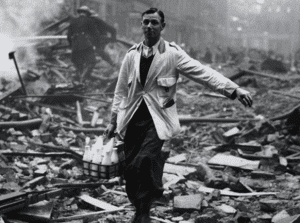 A study of an aspect or theme in British history that extends pupils’ chronological knowledge beyond 1066.
A study of an aspect or theme in British history that extends pupils’ chronological knowledge beyond 1066.